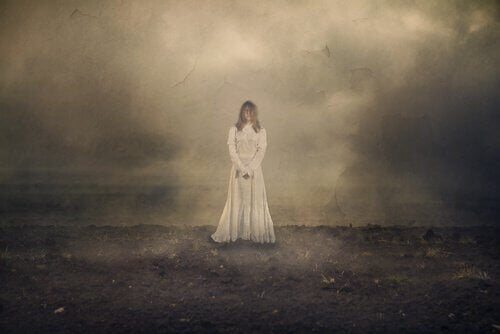Where does the pleasure of fear come from in people?The words of the famous researcher and psychologist Arthur Westermayr can be analyzed, “since the beginning of human thought, fear has been considered with contempt. “If this claim is correct, why do many people like to watch horror movies and be afraid?
There may not be an authentic and totally certain response to understand the pleasure that so many people encounter in this kind of feeling, however, we will try to locate the root of this unique emotion, which is usually enemy but is sometimes invoked. Start!
- Let’s start by referring to the testimony of sociologist Margee Kerr.
- Who is also working continuously on an attraction called The House of Terror in Pittsburgh.
- USA.
- For her.
- The secret is in control.
What does Kerr mean by control? The answer is simple, as long as the human brain experiences fear in a truly safe environment, the physiological response can be fun, hence the pleasure you feel in such situations.
In this claim, Kerr adds that overcoming a seemingly high-stress situation creates a well of self-confidence and an enviable positive feeling in our brains, a cocktail that allows our brain to take advantage of facts that should be negative.
Do we know what fear is? A commonly accepted psychological current explains it as a series of emotions related to a psychological process that points to potential dangers, stress or singularly negative situations.
In reality, fear is a series of systems that activate physiologically and behaviorally in a particular sense after going through a unique and threatening situation very quickly, at first glance our brain is already aware of the kind of fear that has awakened in us.
Obviously, if our brain interprets the kind of fear we face as a controlled situation, it can be pleasurable, horror movies, an event attraction, a Halloween party?
Now, if our brain feels fear related to some uncontrolled situation, such as the possible death of a loved one, theft, etc. , rest a lot of certainty that there will be no real pleasure and real, uncontrolled terror can take over. our mind and body.
Is it possible for a person to be afraid if we analyze it?Conditional emotional reactions? That Rosalie Raynery and John Watson performed in 1920, we can conclude that this is the case.
In the cited example, the researchers created a phobia in a child of about nine months and published the study in which they described step by step the entire process by which they conditioned fear, an experience that currently would not be accepted because one does not have the right to condition this emotion in another person, much less in a minor.
This means that our brain may be perfectly conditioned to be afraid of a stimulus they perceive as an anticipater or a threatening situation. This fear, we repeat, when experienced in a control environment, is extremely rewarding for many people. there are many who love horror movies.
Positive or negative reactions to fear can be understood from the psychological reactions that occur in our brain, and depending on the stimuli received we are able to interpret and understand this emotion.
Within our limbic system, deep in our temporal lobe, we find the amygdala. This subcortical structure is responsible for defining whether it is a?Fear-pleasure? Or a “real fear. “
In the face of a situation in which this emotion occurs, we can react in different ways, perhaps we run, attack, flee ?, in any case our organism will react by releasing adrenaline and increasing the level of cortisol and blood sugar.
Is this huge discharge from our body positive? In fact, if you are in a controlled environment and your mind is sure that there is no danger, it will be a great pleasure for the whole body, which will take advantage of it to consume the substances it has released without interference of any real kind. Threat.
So, you know: if everything is under control, the pleasure of fear can be one more tool to improve your mood. A way to allow your brain to revel in substances without irritating you or anyone else. However, until the next moment, the monster appears.

